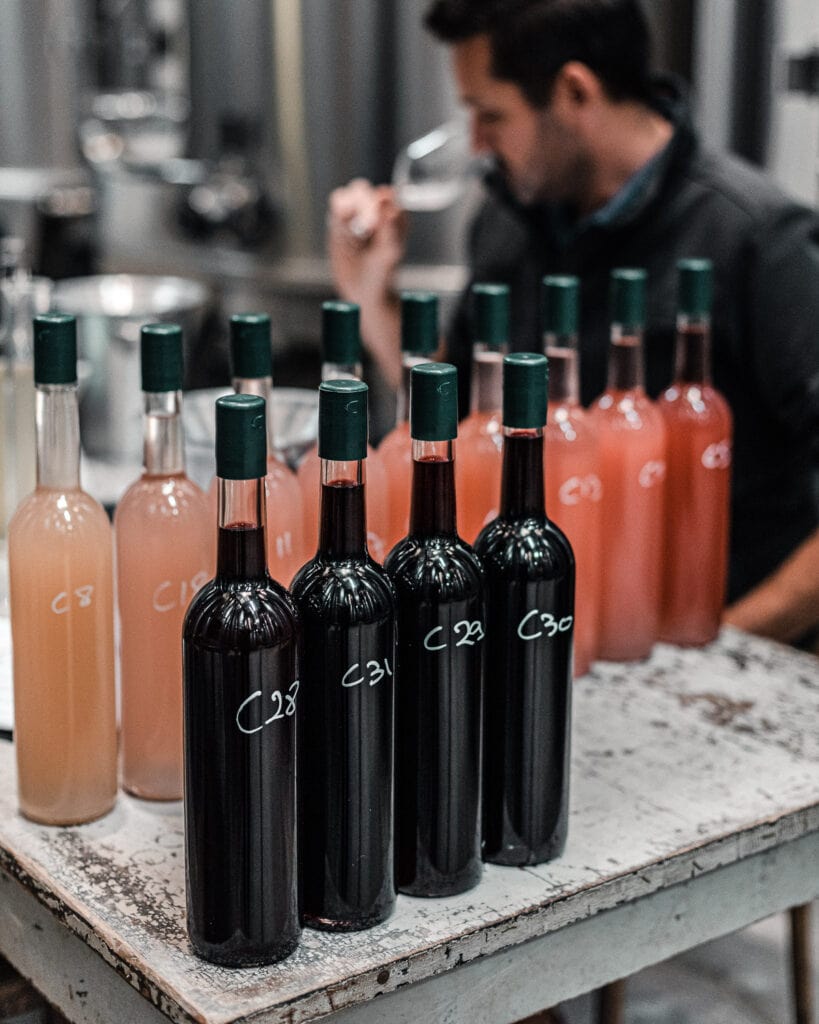First, let’s define winemaking. It is simply the process of turning grape juice into wine. Let’s see this in more detail.
There are three types of grapes that can be vinified: white, black with red flesh, and black with white flesh. Depending on the technical itinerary, it is possible to vinify so-called still wines such as Côtes de Provence or sparkling wines such as champagne.
Then begins the first stages of winemaking:
-destemming, which separates the stalks from the berries
– crushing, a step that consists of crushing the berries to facilitate extraction.
-pressing, a sensitive color extraction step for the rosé
– the fermentation of the must obtained, which can last from a few days to several weeks depending on the type of wine.
It is at this stage that the alcoholic fermentation begins. Thanks to the action of the yeasts, the sugar in the grapes is transformed into alcohol with the release of carbon dioxide.
Once the alcoholic fermentation is complete, it is possible, in particular for red wines, to carry out a second fermentation.
Malolactic fermentation helps to gain roundness and reduce the acidity of wines.
Then comes a crucial stage, that of blending, where wines from different grape varieties, young or old vines, are blended to create the desired vintage.
After the wine has been racked and fined or not, the wine is put “to rest” in vats or in barrels. this is the so-called breeding stage.
After packaging comes aging for wines for laying down. This step is necessary for the wines to evolve and reach their aromatic potential. Young wines can be consumed quickly after bottling.

1er Juin au 30 Septembre
Lundi au Samedi : 9h-12h
15h00-18h00
1er Octobre au 30 Mai
Lundi au Vendredi : 8h30-12h30 15h-17h30
Samedi : 8h30-12h30
Fermé le Mercredi après-midi